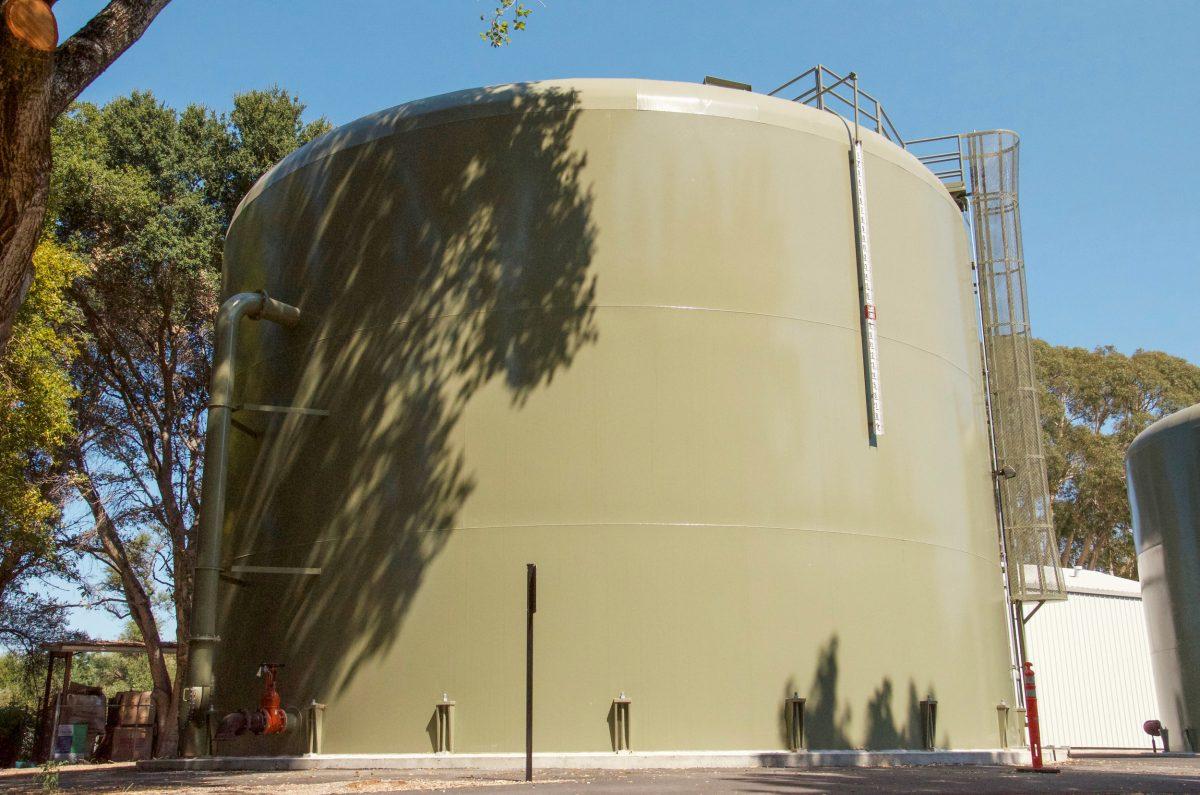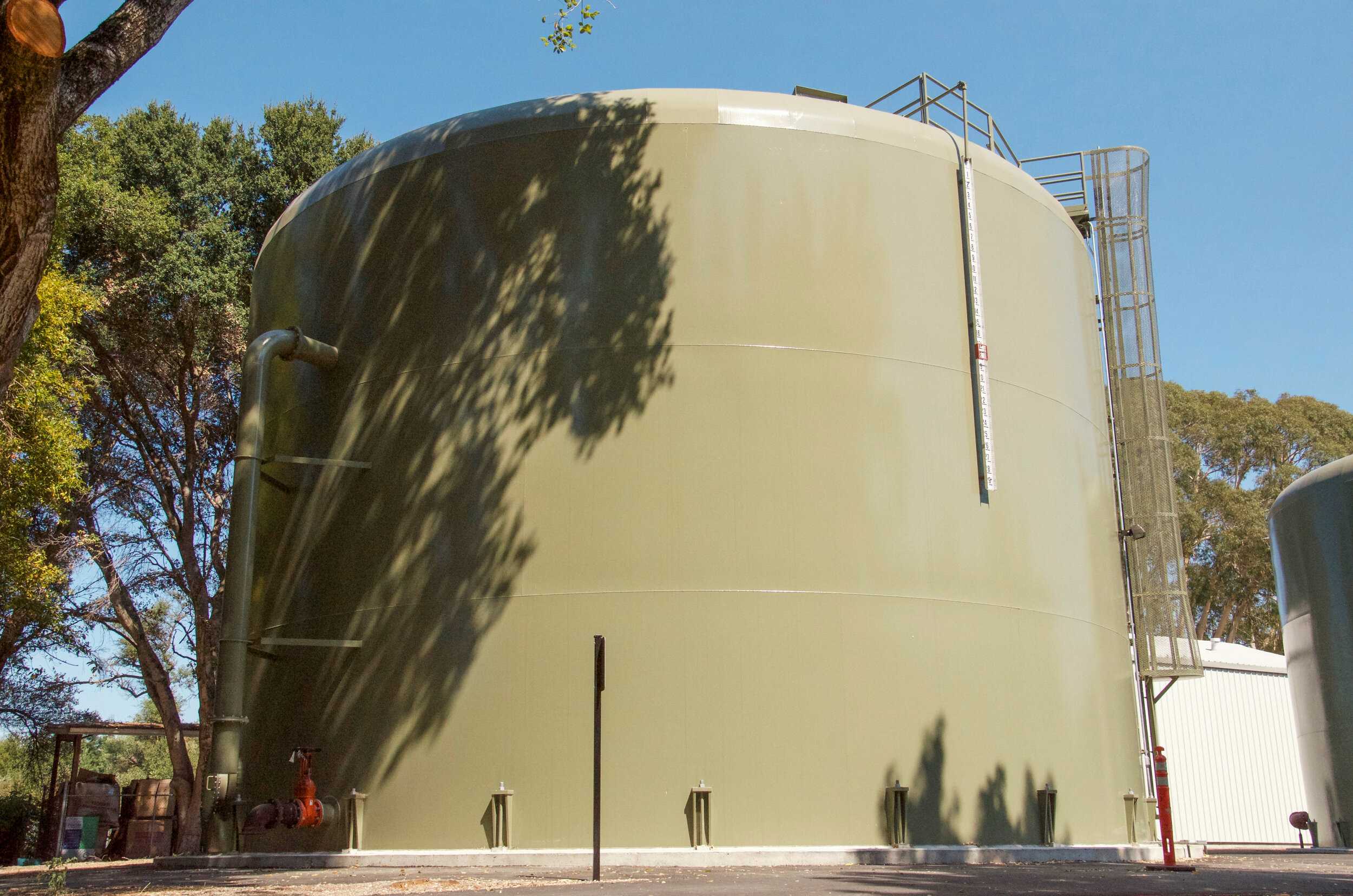Sonoma State University suffered its second water disruption in six months after a mainline water eruption occurred on Thursday, Sept. 5. The incident led to a drop in water pressure which triggered State Water Resources Control Board protocols that require boil water notices to be in effect until two rounds of water testing prove that drinking water is safe.
No illnesses or further complications had been reported and University spokesperson Paul Gullixson said, “there was never a real reason to believe the water was contaminated.” Independent, third-party testing confirmed that the water was clean, and bacterial screening demonstrated the absence of coliforms and e. coli.
Students walking to class on Thursday, Sept. 5 encountered an emergency construction site behind a chain-link fence set up between the Darwin and Salazar buildings. Water spewed out of a large pipe, as crews worked to repair the damage.
According to Mr. Gullixson, a mainline failed and erupted due to age. The University understood the extent of the damage by Friday, completed repairs on Saturday and the required water testing results finalized on Monday.
The disruption affected Darwin, the Student Center, and the Schultz Library buildings. Water fountains were turned off across campus, soda machines were inoperable, and coffee service was interrupted. The library remained open; however, the bathrooms were closed.
Sip, the University’s coffee shop located in the Student Center, was shut down over the weekend, and Lobo’s had its hours cut. The University reported that food service at other locations in the Student Center continued thanks to tanks of filtered water reserves.
Boil water notices were lifted on Monday, as soon as test results were received, and water fountains were re-opened along with all food service. Gullixson says the University is proactively evaluating areas of concern and managing potential problems to prevent future occurrences.
With the campus being situated in an unincorporated area separate from municipal water supplies, the University is responsible for providing and maintaining water infrastructure. According to the 2016 Water Quality Report, “Sonoma State University owns and operates three active wells located at the northwest quadrant of campus. Raw water is pumped from the wells and treated with NSF-approved chlorine for purposes of inactivating potentially pathogenic microorganisms.” Treated water is stored in tanks used to supply the university.
Campus housing was unaffected by the recent incident, but many students were wondering if there was any correlation with the water crisis that occurred during the Spring semester. That event happened because construction crews working to maintain infrastructure and the university’s water tanks experienced a loss of pressure to the campus’ drinking water system on April 8. The entire campus was affected, and local media including the Press Democrat and Fox KTVU covered the event. Tests indicated that the water was safe to drink on April 10, lifting all restrictions.
While the two incidents do not appear to be connected, the possibility of future disruptions is high. Sonoma State University was founded in 1961, and the campus has been open since 1966, meaning many of the pipes date back over half a century, and Gullixson said, “the old, dated infrastructure experiences eruptions from time to time.”
The network of pipes that feed the campus is a significant area of concern, as the pipes are nearing the end of their useful life. Water pressure combined with aging infrastructure leads to leaks, eruptions, and contamination. Patching one eruption can lead to another leak down the line, as weaknesses in the pipe get exploited by high pressure.
Aging infrastructure is a concern for administration officials, as water lines are dated and should be replaced, but budgetary limitations are hindering the efforts. Some students have little sympathy for the financial dilemma. A third-year business administration major said, “8,668 students enrolled times $3,940 for tuition and campus fees equates to over $34 million in revenue each semester, not counting housing fees…where is the money going, and why are we regularly experiencing water problems on campus?”




































